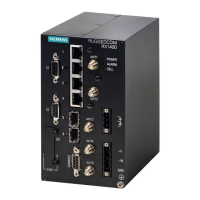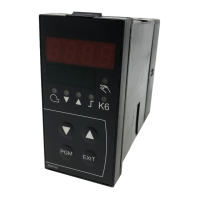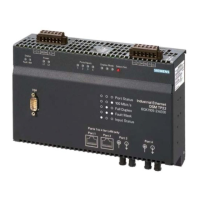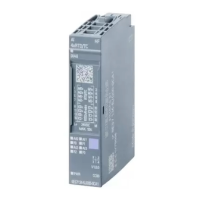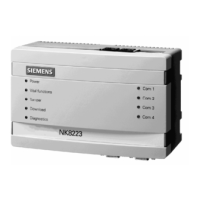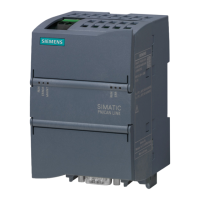Chapter 7
IP Address Assignment
RUGGEDCOM ROX II
CLI User Guide
216 Deleting an IPv6 Address
Section7.1.4.3
Deleting an IPv6 Address
To delete an IPv6 address for a routable interface, do the following:
1. Make sure the CLI is in Configuration mode.
2. Delete the address by typing:
no ip interface ipv6 address address
Where:
• interface is the name of the interface
• address is the IPv6 address
3. Type commit and press Enter to save the changes, or type revert and press Enter to abort.
Section7.1.5
Configuring IPv6 Neighbor Discovery
The Neighbor Discovery (ND) protocol in IPv6 is a replacement for IPv4 ARP messages. The protocol uses ICMPv6
messages with for various purposes including:
• Find a link-layer address of a neighbor
• Discover neighbor routers
• Determine any change in the link-layer address
• Determine when a neighbor is down
• Send network information from routers to hosts, which includes hop limit, MTU size, determining the network
prefix used on a link, address auto configuration, and the default route information
The Neighbor Discovery protocol uses five types of ICMPv6 messages:
• Router Solicitation (ICMPv6 type 133)
This message is sent by hosts to routers as a request to router advertisement message. It uses a destination
multicast address (i.e. FF02:2).
• Router Advertisement Messages (ICMPv6 type 134)
This message is used by routers to announce its presence in a network. The message includes network
information related to IPv6 prefixes, default route, MTU size, hop limit and auto configuration flag. It uses a
destination multicast address (i.e. FF02:1).
• Neighbor Solicitation Messages (ICMPv6 type 135)
This message is sent by hosts to determine the existence of another host on the same link. The goal is to find
the link-layer of neighboring nodes.
• Neighbor Advertisement Messages (ICMPv6 type 136)
This message is sent by hosts to indicate the existence of the host and it provides information about its own
link-layer address.
• Redirect Messages (ICMPv6 type 137)
This message is sent by a router to inform a host about a better router to reach a particular destination address.
Neighbor Discovery should be configured on all Ethernet interfaces enabled for IPv6.
To enable and configure settings for IPv6 Neighbor Discovery, do the following:
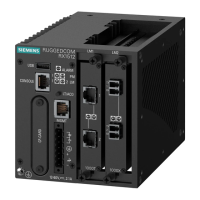
